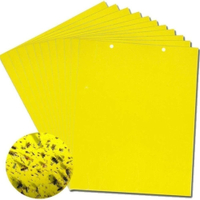Why are my flowers suddenly attracting black flies? Dismayed I turned to pest control experts to find out
Wondering why little black flies are swarming around your flowers and houseplants? Experts share the answers and more importantly, the solutions to stop it from happening
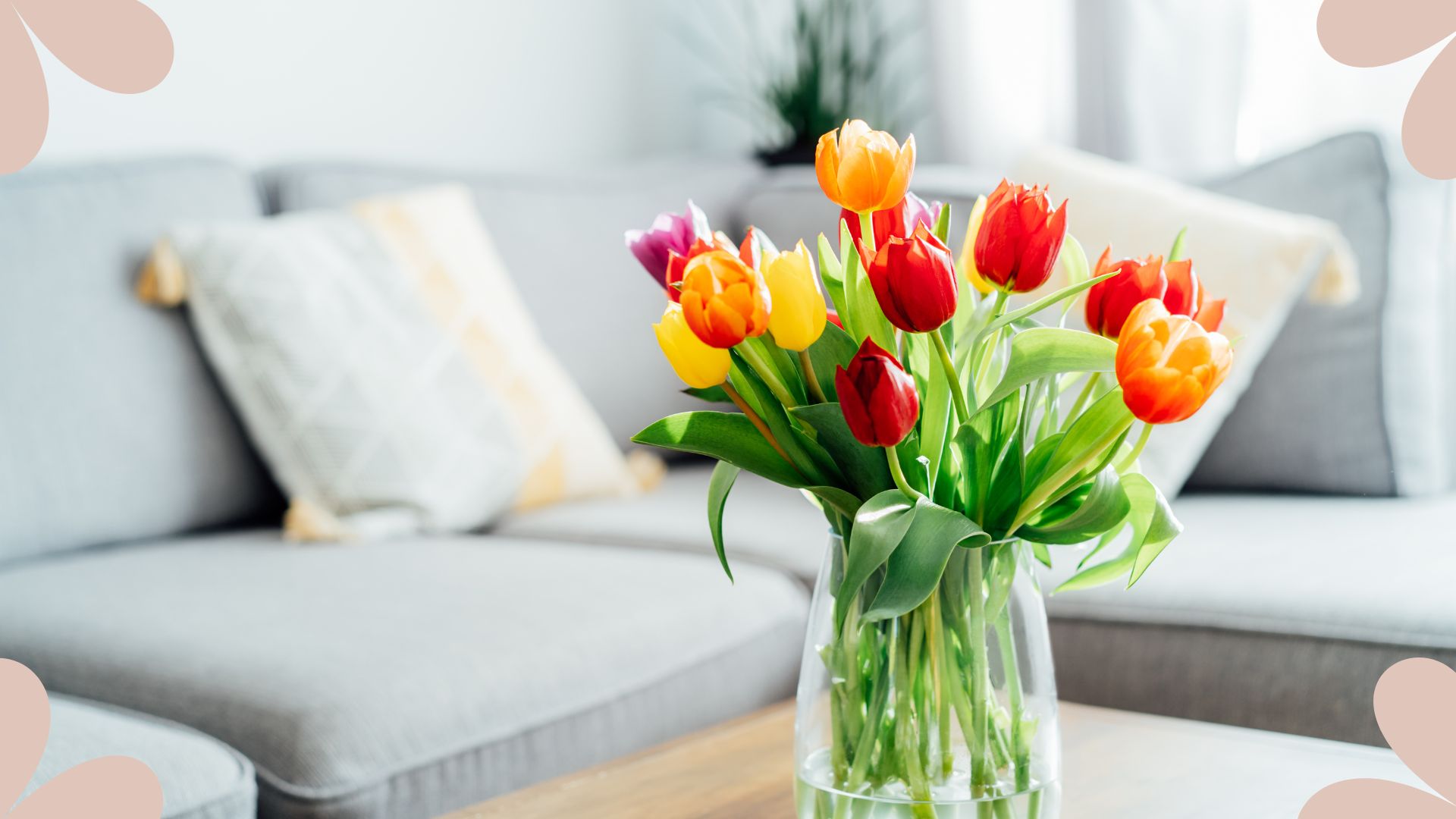

Displaying a bouquet of beautiful flowers in your home should bring you happiness, but when said bunch suddenly becomes a magnet for unwanted black flies the opposite soon becomes true.
After purchasing my bi-weekly bunch of flowers, I'd opted for carnations since there weren't any tulips available, I happily placed them in their usual spots in my room and thought nothing of it. Before I knew it I was asking how to get rid of flies as I suddenly became swarmed by tiny little black flies.
I'd presumed the only issue I'd be dealing with was finding ways to make my cut flowers last longer, but there I was plagued by these annoying minuscule flies. Realising this is a common dilemma I took it upon myself to speak to pest control experts and get to the bottom of this unwelcoming issue.
Why are my flowers attracting black flies?
It's hard to enjoy your freshly cut flowers when annoying little black flies are swarming around them, especially when you've just mastered how to get rid of fruit flies from your home. So where do these smaller flies come from and why do they love flowers so much?
Well, there are a few reasons these flies, commonly known as Fungus Gnats, love our beautiful flowers – not to mention any herbs growing indoors and beloved houseplant collections.
"A lot of flowers produce nectar, which is a food source for various insects, like gnats," explains Jordan Foster, pest control expert at Fantastic Services. "Flowers also emit odours that smell like rotting organic matter, which attracts gnats that eat decaying stuff."
He also points out that fungus gnats are also attracted to moist environments, so the water your flowers are standing in is like a magnet for the annoying little pests. Especially when your flowers begin to wither and the water turns a murky colour, as the decay process starts. This is why changing the water is key for improving your home's health.
Sign up for the woman&home newsletter
Sign up to our free daily email for the latest royal and entertainment news, interesting opinion, expert advice on styling and beauty trends, and no-nonsense guides to the health and wellness questions you want answered.
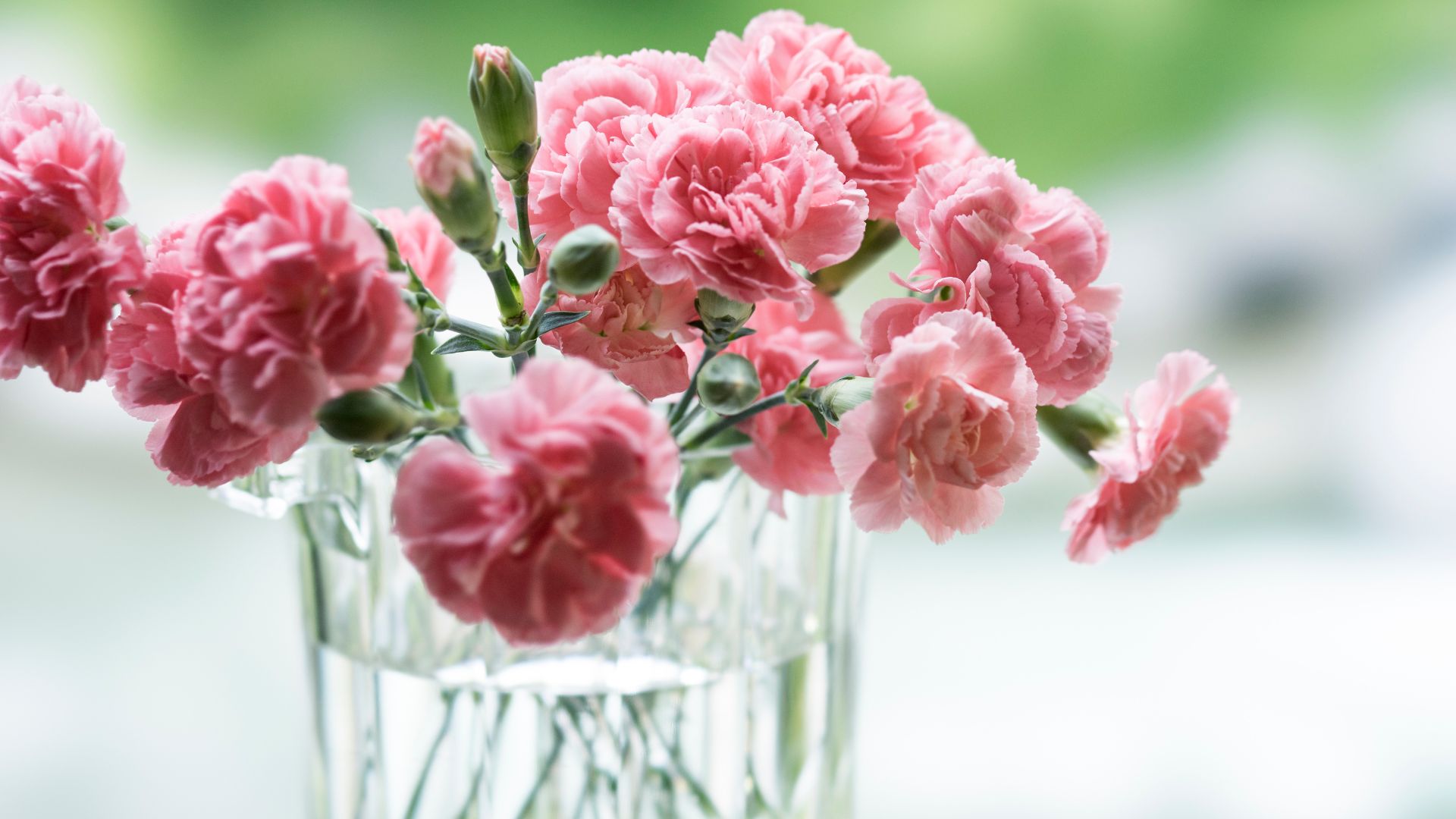
What flowers are worse for attracting black flies?
When choosing flowers you're probably trying to pick some of the best fragrant plants to make your house smell good, and luckily those pesky gnats are less likely to be attracted to nice-smelling flowers. The worst culprits for emitting this rotting smell are plants you would never have in your home, think the infamous corpse flower or carrion flower.
For more common species to avoid, Jordan warns that some orchid species produce flowers that smell like rotting material and that these odours might attract the flies as they mistake the food scent. Another struggle to overcome when caring for orchids - in addition to working how often to water your orchid plant.
Aside from the smell issue, choosing plants that don't need a lot of moisture to thrive such as succulents or cacti will guarantee a lack of gnats in your home.
Speaking from my experience, it was my carnations that shockingly attracted the flies to my space and when compared to tulips or roses it was a huge difference. Pest removal expert at Excel Pest Services, Ryan Fowley, says that carnations and African violets are prone to attracting flies when in the garden because they require consistently moist soil.
How can you stop flies being attracted to flowers and houseplants?
Although having to deal with flies in your home is less than ideal there are some steps you can take to get rid of them and enjoy your flowers and houseplants in peace. Ryan is quick to recommend tackling the moisture in your home.
"If you already have flies in your home and need to get rid of them, I would start by reducing moisture. You can do this by making use of a dehumidifier, ensuring drains and bins around your home are cleaned regularly, and by disposing of any rotting plants or vegetation in your home," he explains.
Having one of the best dehumidifiers on your side will make this step super easy, otherwise, you can use more direct approaches such as using yellow sticky traps around your home and applying pesticides to your affected flowers and houseplants.
Following the steps to make cut flowers last longer will be a huge help, as slowly down the decay process of your flowers will keep those gnats away for longer. Jordan also suggests pruning your flowers so that any organic matter build-up is avoided and why not try using natural repellents like vinegar or citrus peels? After all, using orange peels in your garden is a great pest deterrent!
Yellow Sticky Fly Traps: £8.98 at Amazon
Looking to get rid of fungus gnats without breaking the bank or taking up too much space? These 6x8 inch dual-side sticky fly catchers are the perfect solution to keep your space buzz-free. You can even cut them smaller should you want to be a little more discreet!
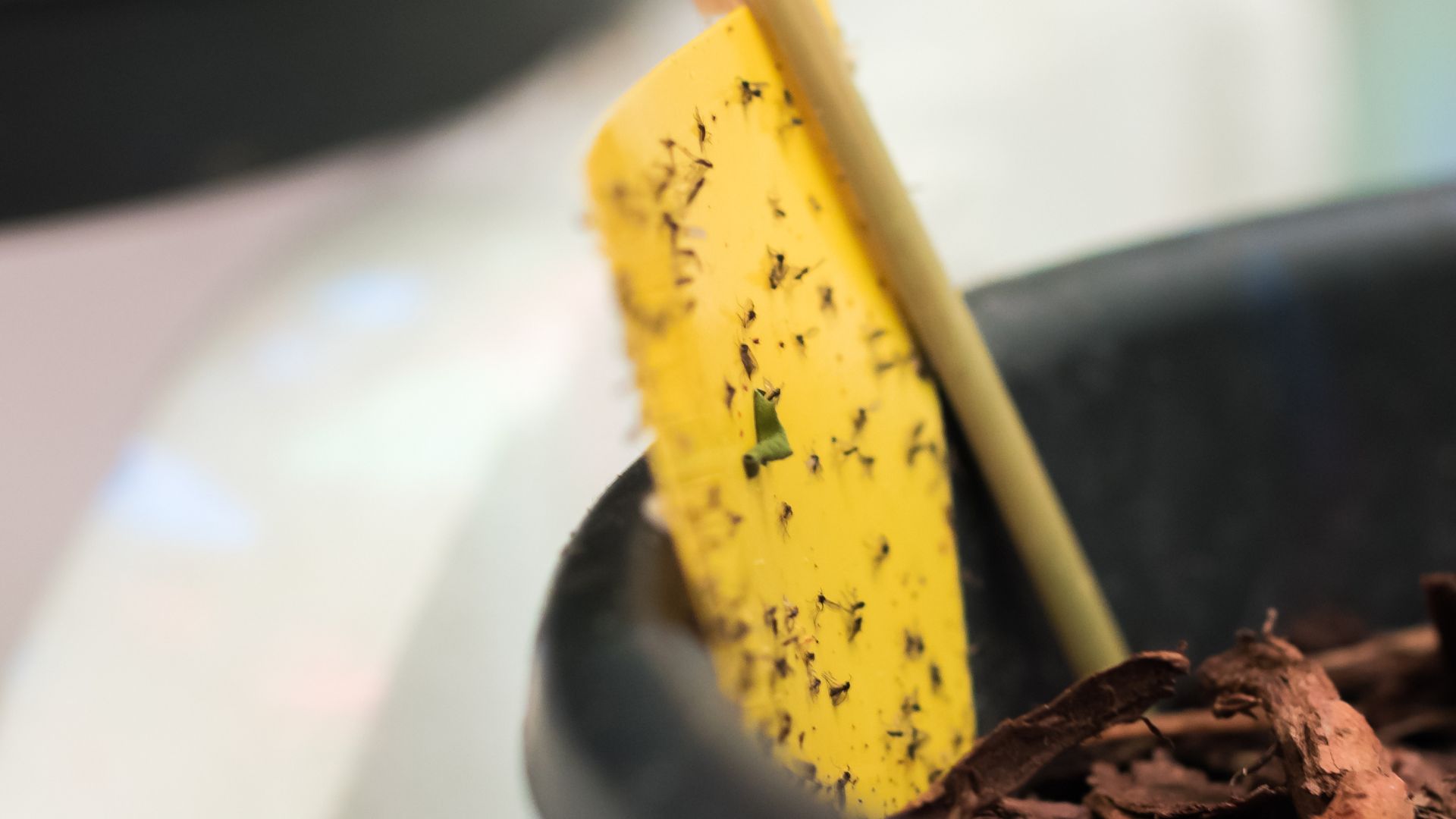
Why not try placing your flowers near more fragrant herbs, such as lavender, mint or basil? Jordan points out that the fresh fragrant scent they give off will mask any untoward odour coming off your flowers and you'll have a windowsill full of wonderful alluring plants.

Emily joined woman&home as a staff writer after finishing her MA in Magazine Journalism from City University in 2023. After writing various health and news content, she now specialises in lifestyle, covering unique cleaning hacks, gardening how-tos, and everything to help your houseplants thrive.
-
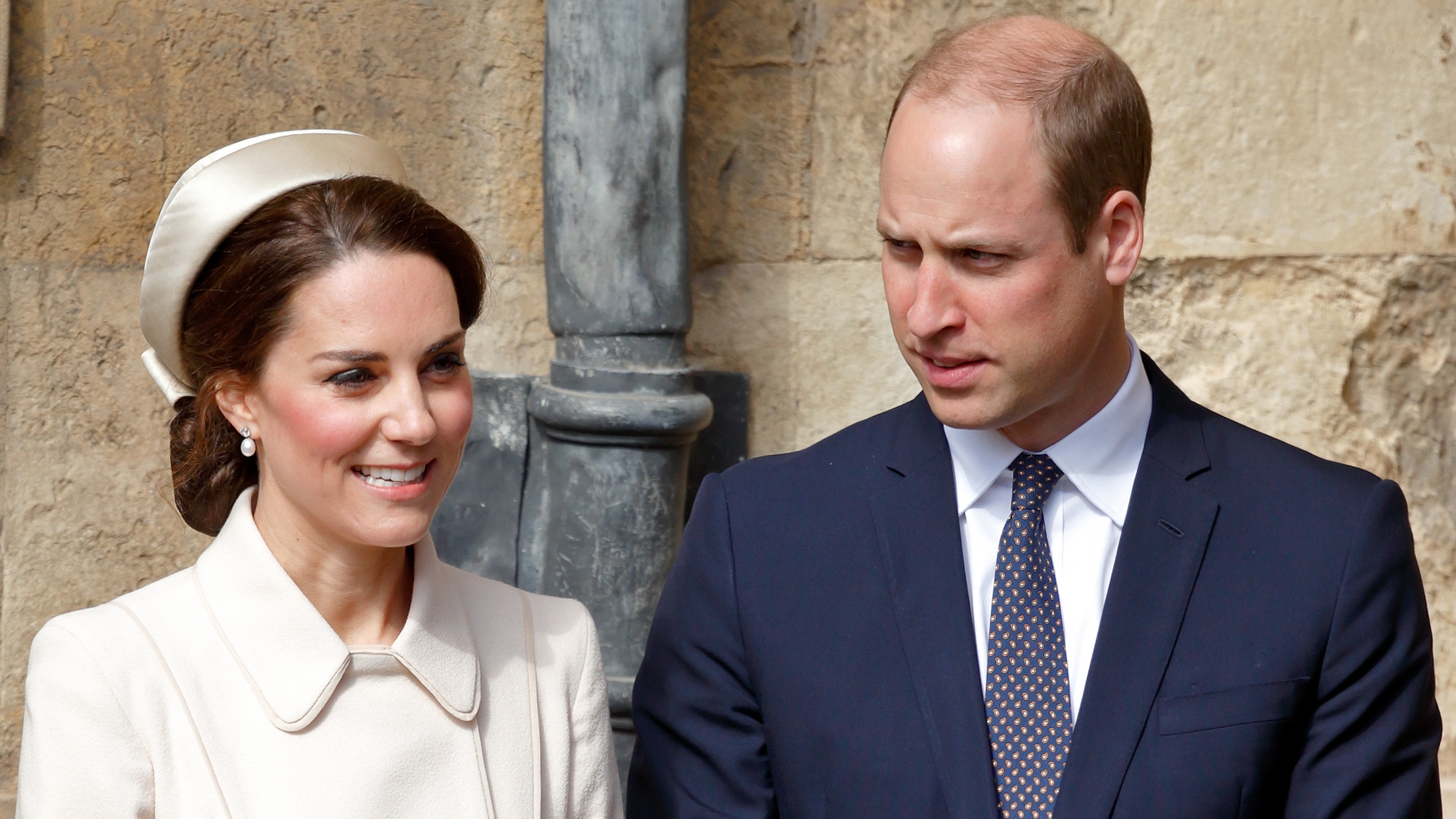 Remember when Prince William and Kate Middleton broke royal protocol at Easter? Here's why it’s unlikely to happen again
Remember when Prince William and Kate Middleton broke royal protocol at Easter? Here's why it’s unlikely to happen againThe Royal Family might be taking a more modern approach these days, but there are some traditions and protocols that they still uphold.
By Emma Shacklock
-
 Consider your next hairstyle sorted, because Cate Blanchett has just debuted the chicest Italian bob
Consider your next hairstyle sorted, because Cate Blanchett has just debuted the chicest Italian bobIf you could capture a Portofino summer in hairstyle form, it would look exactly like Cate Blanchett's bob
By Naomi Jamieson
